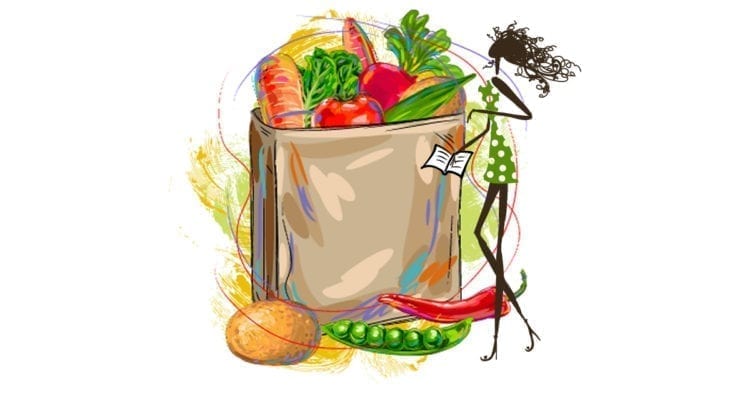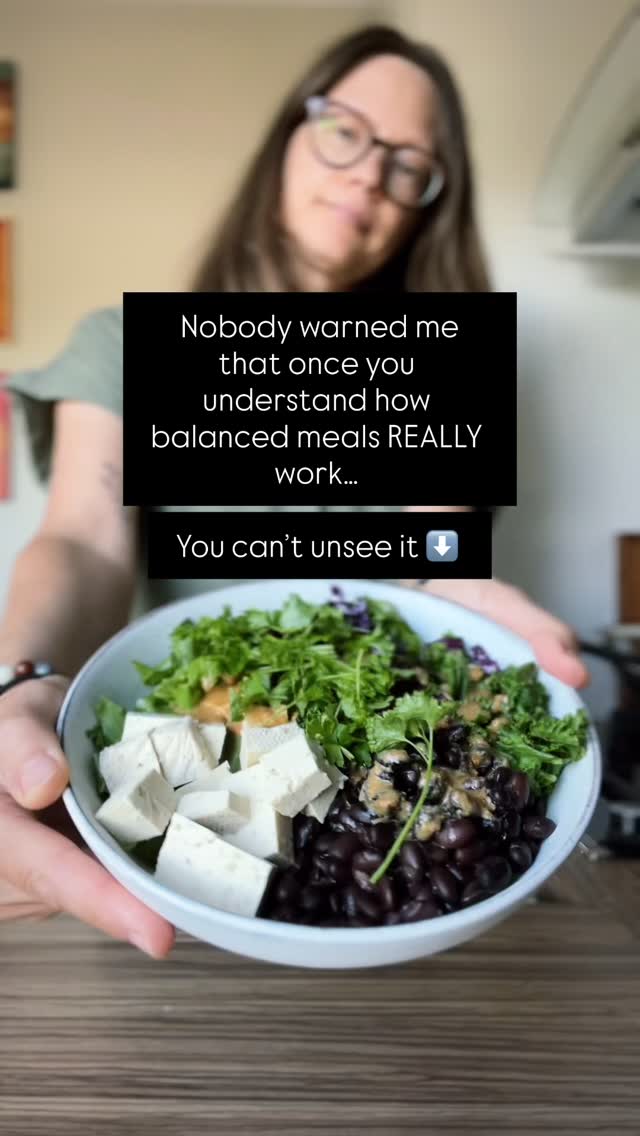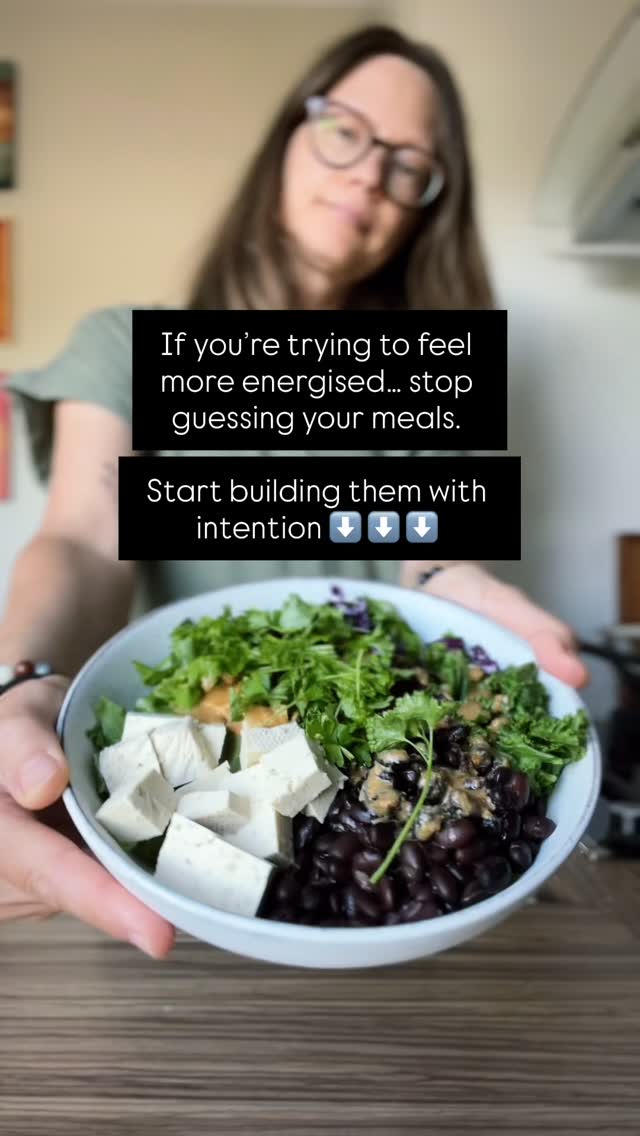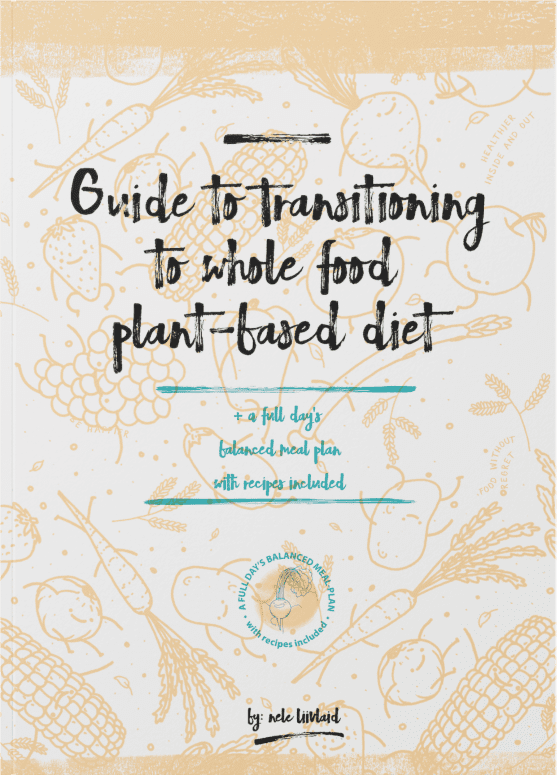Looking for easy meal planning ideas? Here’s how to make a balanced plant-based diet meal plan that is not a burden on your schedule nor taste buds.
First Step
First, make a list of the foods you already have at home in your fridge and pantry (except dry goods.)
Download my FREE Guide to Transitioning to Whole Food Plant-Based Diet including a full day’s meal plan.
Second Step
Second, think of what kind of meals you’d like to prepare. Choose among the following:
- Breakfasts – porridges (oatmeal, millet, quinoa, buckwheat, rice), smoothies and pancakes or waffles.
- Snacks – bread, muffins, cookies, raw vegetables (carrots, red bell pepper, cauliflower), seasonal fruits, nuts and seeds.
- Lunches and dinners – soups, stews, salads, pastas, risotto, curries, tortillas, simply steamed veggies with boiled grains and legumes.
- Desserts – berries, muffins, cookies, brownies, fruit ice cream, puddings made of avocado/banana, dark chocolate, applesauce with dried fruits and raw buckwheat cream.
When making a plant-based diet meal plan, remember:
- Have a variety of foods every day – different grains, legumes, vegetables, fruits, nuts and seeds.
- Eat a rainbow daily – something green, something yellow, something orange, something purple, something red and something white/brown.
- Choose among the seasonal fruits and vegetables in your region. They cost less and are the freshest.
- If you had a grain-based breakfast, have fruits or vegetables with some nuts for your mid-morning snack.
- If you had a smoothie for breakfast, have porridge, a muffin, some cookies or bread for a mid-morning snack.
- If you want to have a grain-based dessert (muffins, cookies), have fewer grains with your dinner or ditch them altogether.
- Make sure to have a tablespoon of ground flax seeds or chia seeds a day so your body gets enough omega 3s.
- Always have some nuts or seeds with vegetables and fruits rich in carotenoids (carrots, sweet potatoes, dark leafy greens like spinach and kale, romaine lettuce, squash, cantaloupe melon, red bell pepper, apricots, peas, broccoli, tomatoes) as the fats help absorb vitamins.
The Plate Rule for lunches and dinners:
- ¼ grains or starchy vegetables,
- ¼ legumes, and
- ½ raw and cooked non-starchy vegetables.
Third Step
Third, draw yourself a table for seven days or for the number of days you’re designing your meal plan.
Breakfasts
Now, fill in the breakfasts with general choices such as grains and smoothies.
When you have done that, go to Step 2 and decide on specific grains and fruits/vegetables for your smoothies depending on what you already have and baring seasonality and variety in mind.
After you’re good at the first phase, skip it and jump straight to Step 2.
You don’t need to have different smoothies every week. For example, when it was orange season, my family ate orange smoothies for a couple of months in a row. We sweetened the smoothies with either bananas, carrots or mangos but always made sure we added a bunch of greens.
Lunches and Dinners
After breakfasts come your lunches and dinners. Use the same steps with these as you did with your morning meals. Fill in general choices such as soup, risotto, pasta, curry etc. If you have your lunch in a café or buffet, then you don’t have much meal planning work for those meals. For suppers, cook dinner every other day so you can eat those leftovers every other night. See my Plant-Based Diet: Dining Out blog post for lunch tips.
If you take your lunch with you or eat it at home, leave the dinner leftovers for the next day’s lunch. I use the same strategy on The Meal Plans.
Now, start thinking about which recipes to make. Use vegetables you already have at home for your first day or two of meal planning remembering seasonality and variety.
When you’ve used up everything you have at home, choose different veggies of different colours for meals during the next few days.
Snacks: mid-morning and afternoon
Remember: if you had a grain-based breakfast, have fruits or vegetables with some nuts for your mid-morning snack. If you had fruits in the morning, have veggies in the afternoon. Start by filling in your snack rows with general choices like raw veggies, nuts, fruits, and grains.
It’s worth repeating to consider what you have in stock and which veggies and fruits you’re going to use in your morning smoothies and main meals. As well, keep seasonality in mind and eat a rainbow every day.
Tip: It’s wise to bake a large batch of muffins, cookies or bread and freeze them for the week to have on hand for snacks.
Desserts
There are some people who don’t want dessert after supper, but I think they’re in the minority.
Deciding what to have for dessert depends on how heavy your menu has been that day. For example, if you had coconut curry for dinner, then don’t have too rich of a dessert containing nuts or avocado. Instead, have some berries or make a banana pudding or ice cream.
If you didn’t have grains for dinner, go ahead and eat two oil-free, sugar-free muffins for an end of the meal treat.
Forth Step
The fourth step of meal planning is making your shopping list according to what’s on your menu. You can shop every day or shop once for the whole week – whatever is easier for you.
Leftovers
If you have any leftovers at the end of the week, use them first the following week.
You can also use leftover veggies as evening snacks as there’s no harm in eating more veggies.
Sometimes we end up left with half a banana or avocado, or half a can of beans or crushed tomatoes. If you have these left over at the end of the week, adjust your meal plan accordingly. For example, use the leftovers (onions, celery or tomatoes) in other lunch/dinner recipes.
It’s not necessary to use everything up right away. Some items keep well such as celery, unopened cans of beans or lentils and dry goods.
Tip: To avoid any leftovers, compile a shopping list before adding snacks and desserts to the chart. First, use the items left over from breakfasts and main meals for snacks and desserts before adding any new ideas.
Try it out yourself or make it super easy and get my e-book Plant-Based Made Easy: The Complete Practical Guide To Transitioning To Healthy Whole Food Diet including full 2-week meal plan with 50+ recipes.
The Scientific Meal Planner
There’s another excellent way for you to compile balanced plant-based diet meal plans that are in accordance with Dr. Greger’s daily dozen categories!
Sign up for a free account on the Scientific Meal Planner:
- Currently you can choose between 366 whole food plant-based recipes from 18 bloggers (the number is increasing each week as new recipes are being added).
- Each recipe is classified by the Daily Dozen categories they satisfy. Therefore, you’re able to track how much a single serving of a recipe satisfies each of the daily dozen categories.
- Combine as many recipes as you like to compile your meal plan.
- As a result, you get an ideally balanced meal plan!
Disclosure: this post contains affiliate links. As The Scientific Meal Planner affiliate I earn from qualifying purchases. For every purchase made from the links in this post, you’ll be able to support my work. So you can look after your health, and contribute to my mission at the same time. Thank you!
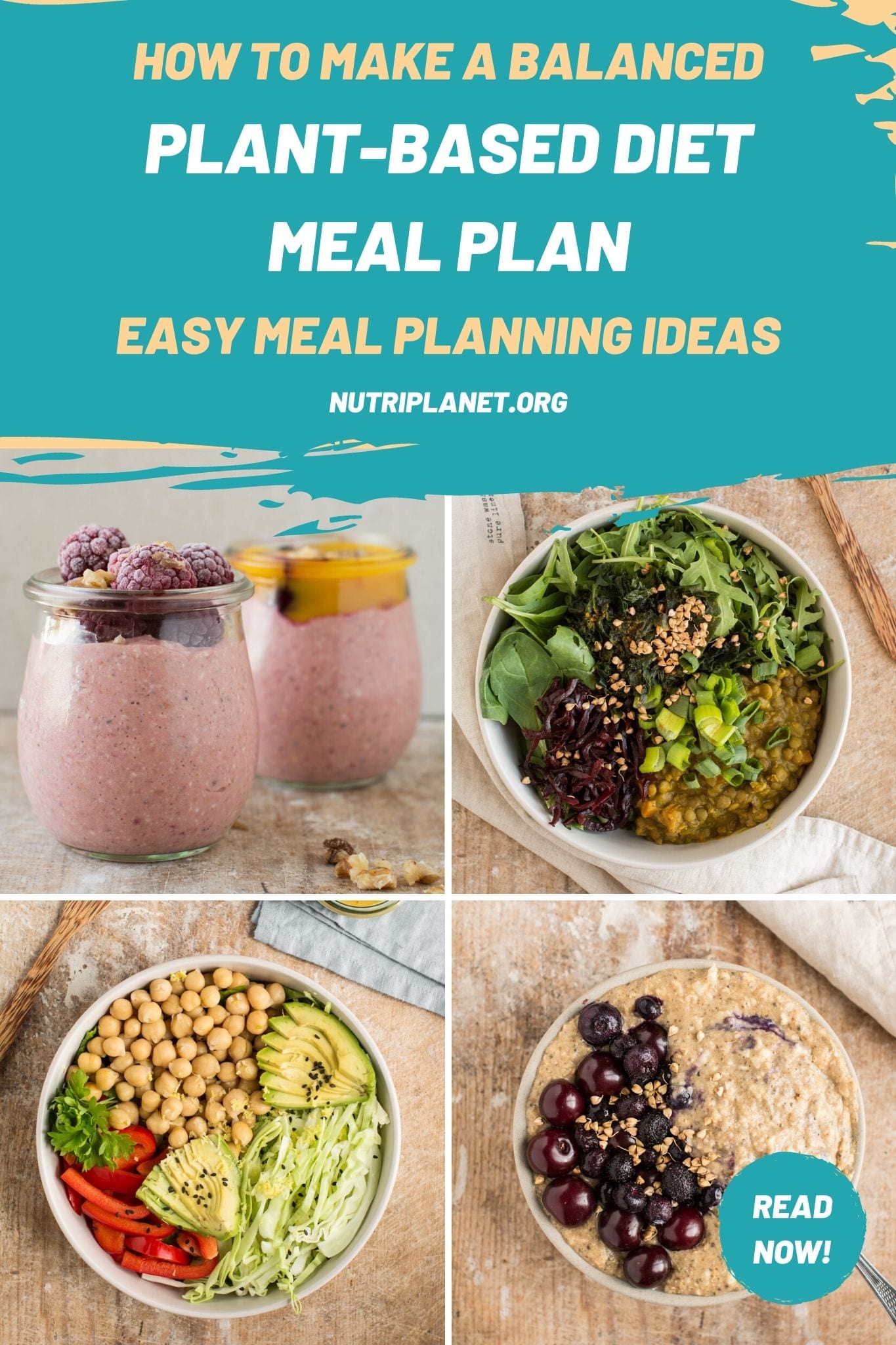
This post is also available in: Spanish

